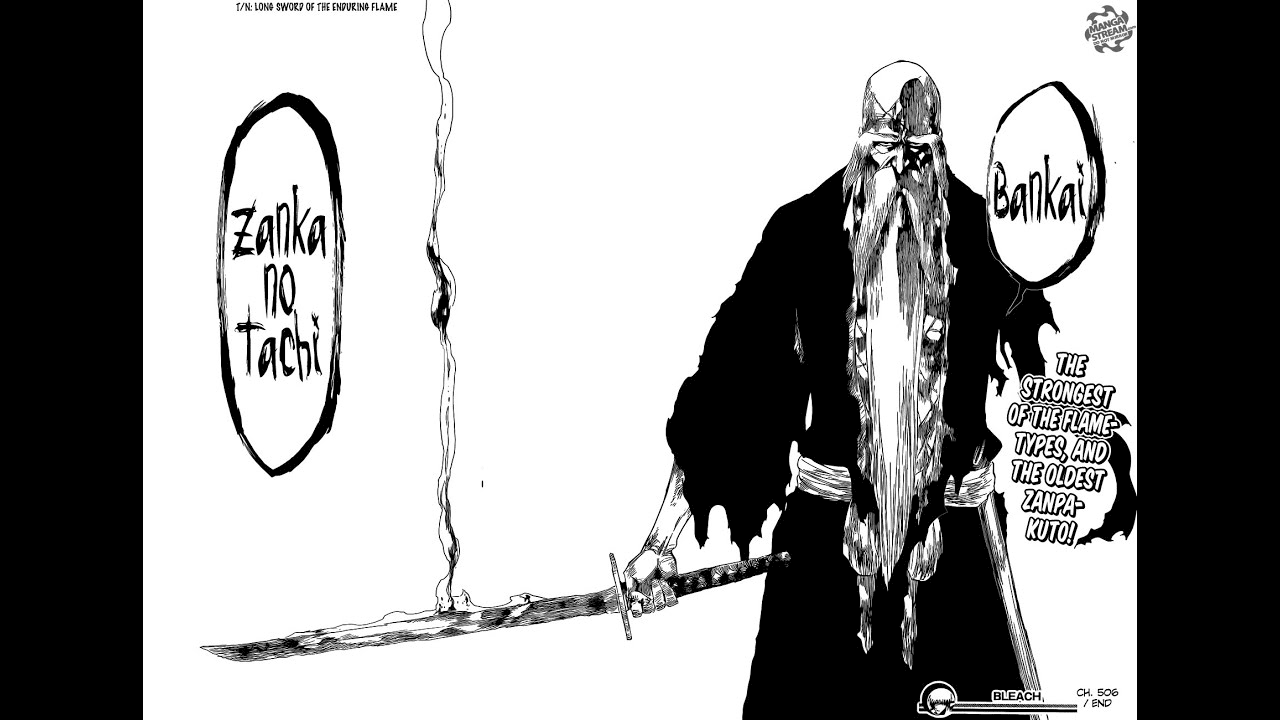In recent years, with the airing of the anime Bleach: Thousand-Year Blood War, this shonen series has captivated audiences with its intense battles and intricate plot details. Ichigo and his fellow Soul Reapers are engaged in fierce fights to protect the future of their reality.
Recently, the creator of Bleach, Tite Kubo, responded to numerous fan inquiries on his blog. One of the highlighted topics was his analysis of the differences between Shikai and Bankai, both essential techniques linked to a Soul Reaper’s Zanpakuto (soul-cutting sword).

Kubo explained: “Shikai is the state in which the user’s spiritual pressure is reflected in the sword. Bankai is the state in which the sword is fully developed and manifested.”
Kubo’s explanation is quite insightful. Shikai is a technique that even lower-level Soul Reapers can utilize, whereas Bankai is not entirely similar. Shikai is more about imposing one’s spiritual pressure onto the Zanpakuto, while Bankai requires a deeper connection between the user and the sword. Typically, Bankai is significantly stronger, ranging from 5 to 10 times the power of the Shikai form of a Zanpakuto.

Thus, the essence of a Zanpakuto can be fully represented, and its manifestation allows Bankai to unleash its potential. This distinction explains why characters like Kenpachi Zaraki have yet to fully utilize their Bankai.
To unleash maximum strength, a Soul Reaper must harmonize with their Zanpakuto’s spirit, and even the 11th Division captain has not yet mastered this skill… The effectiveness and strength of Bankai depend on the user’s ability to connect with their Zanpakuto.




















